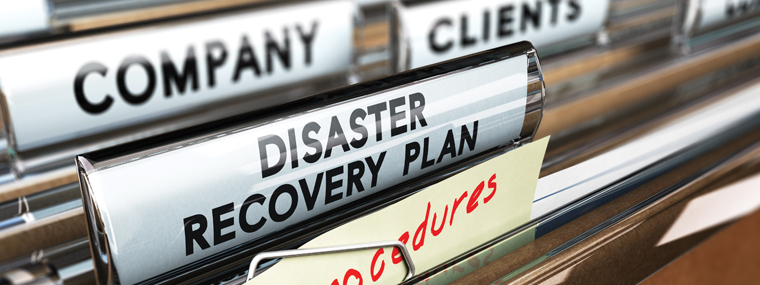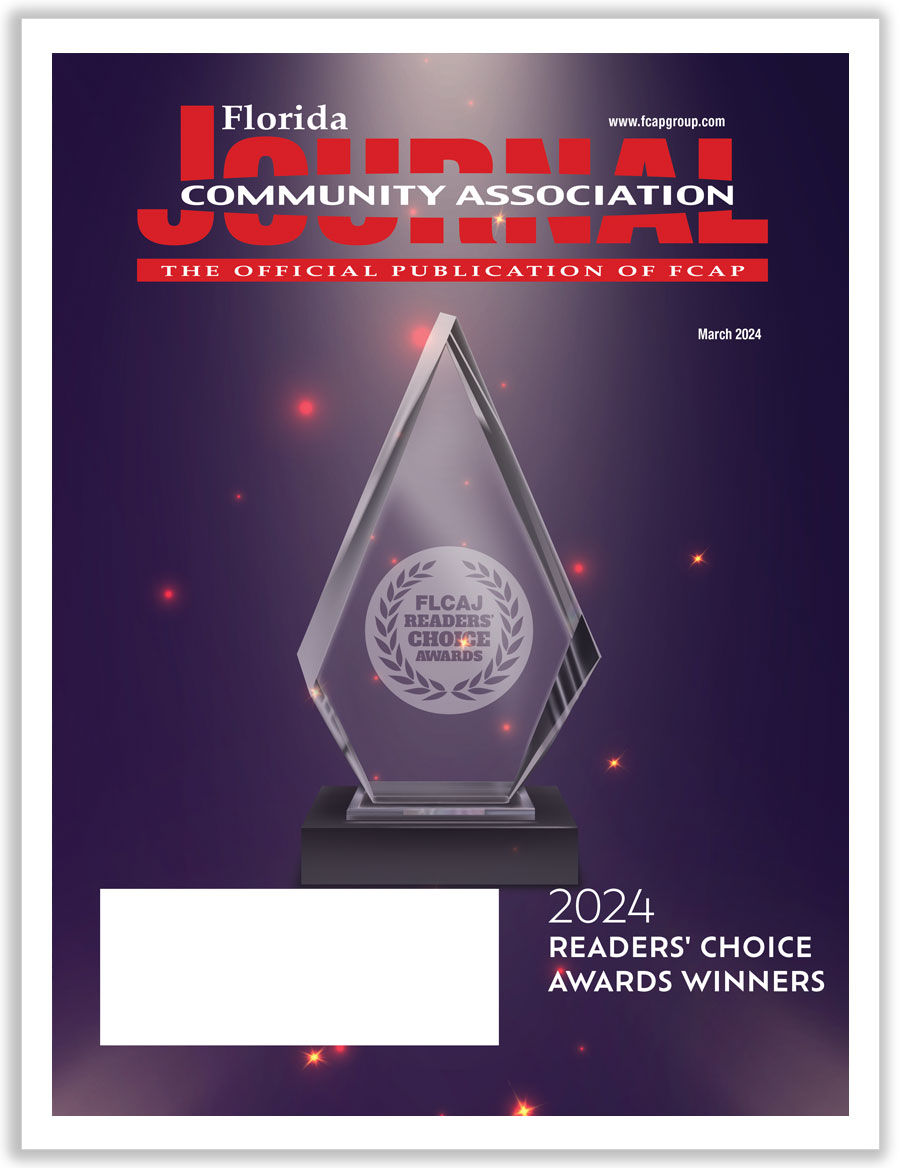
What Should Your Disaster Preparedness Plan Include?
By Lindsay Heysler / Published June 2021

When a disaster strikes, it is easy to go into panic mode. A million questions and concerns can be rushing through your mind. Is your community association prepared? Having a thorough disaster preparedness plan can immediately help put your mind at ease. As a board member, it is part of your responsibility to make sure your residents and members are safe in the event of a disaster. So, what should your community association disaster preparedness plan include?
Membership Contact List
The first step in creating a solid plan is ensuring you have a way to communicate and alert your residents. With the help of technology, your association may have the capability to send out text alerts, email blasts, and even phone calls via an auto-dialer. These resources can be one effective way to get information out to your residents quickly and efficiently. In the case of a loss of power, technology may no longer be available. It is a good idea to have an alternative method of communication, and battery-powered walkie-talkies can allow you to communicate with your fellow board members.
For these resources to be most effective, you need to ensure that you have gathered emergency contact information and alternate emergency contact information for all of your residents. This list should be updated frequently and coincide with any changes of ownership or tenants. If your association uses professional management services, this is an excellent task to speak to your property manager about. If your community association is self-managed, look into creating a committee that can assist with managing this list.
Evacuation Route
The most common types of disasters in Florida that we deal with usually strike within the dreaded hurricane season. These intense storms can bring high winds and heavy rain, leading to tornadoes and even floods. When creating your community’s evacuation route, you should have alternate routes included in case debris or water levels intrude on your exit route. Your evacuation plan must also consider the type of community that you reside in. Are you in a condominium association or homeowners association? For condominium associations, keep in mind how your residents will be able to exit the building safely. Elevators may not be functioning, so your residents need to have clear instructions on the safest alternative ways to leave the building. It is also good to note if you have any residents who may require assistance in the event of an emergency. Know your community’s demographic when developing your evacuation route.
Important Documents
In the event of a disaster, you may not immediately be thinking about all the essential documents you will need for the aftermath. It is necessary that you have a safe place to keep copies of all of your association’s insurance policies. In addition to that, be sure to have your current insurance agent’s contact information readily available. In addition to your community’s insurance information, be sure to have recent photos of common areas (community pool, clubhouse, guardhouse, tennis courts, etc.) that are date and time stamped for your records. This can assist in your claim process for reference on how the areas looked before the disaster. Have a copy of your community’s site plan on hand. This document will contain important information that you may need after a disaster, like the location of lift stations and shut-off valves. You may also want to mark areas that can be easily used for debris staging if needed. Share your site plan with key community vendors so they can be prepared to assist you.
Communication
Having a thorough plan in place for your community and residents is essential, but communicating the plan and making sure your residents are informed is the key. It is good to hold special meetings for the membership annually to review and answer any questions about the association’s disaster plan. Besides holding in-person meetings, if your community uses a community association website, make sure the plan is posted on it for your residents to access easily. Utilizing your community’s newsletter is also a great way to get the information out to residents and share friendly reminders, especially as we near the beginning of hurricane season again in Florida.
In addition to keeping your residents informed, make sure your vendors are as well. It is good practice to review your community’s key contracts to see if they include emergency clean-up services. If so, make sure those vendors have the most current copy of your association’s disaster plan as well as an up-to-date contact list for your board of directors.
Your community’s plan should vary depending on the type of disaster you may face; keep all factors in mind when creating your community’s plan. Being prepared for a disaster can make all the difference and help to ease anxiety, knowing that your residents have the knowledge they need to stay safe.
Lindsay Heysler
Business Development and Marketing Manager, Seacrest Services
Lindsay Heysler is the business development and marketing manager for Seacrest Services. She brings over ten years of business development and marketing experience. She specializes in partnering with community associations to provide professional management solutions to their individual community needs. Lindsay has been a part of the Seacrest team for over five years. She enjoys using her industry knowledge to develop relationships and assist boards through the management transition process. You can reach Lindsay at (561) 656-6354 or by email at lrheysler@SeacrestServices.com.




